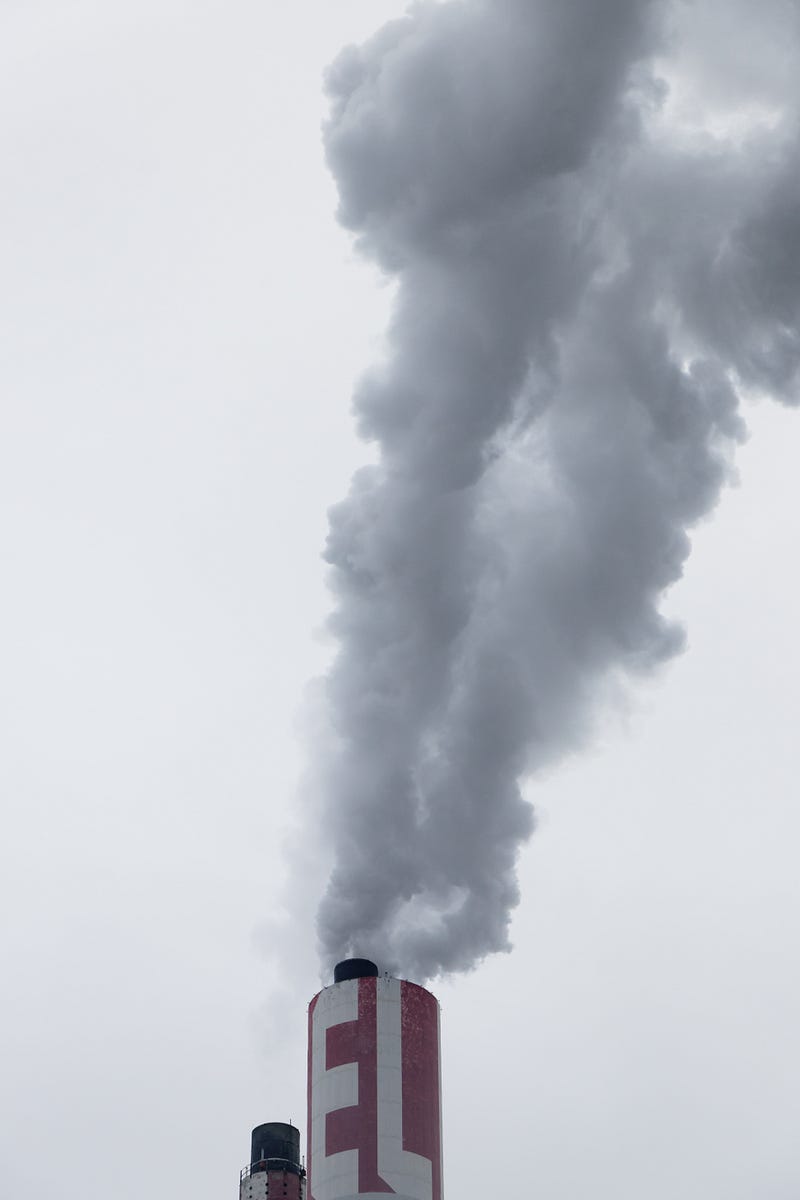# Understanding the Threat of Greenhouse Gases to Our Planet
Written on
Chapter 1: The Earth's Unique Temperature Regulation
The distance between the Earth and the Sun is comparable to that of the Moon, yet the temperature variations between the two are striking. The Moon experiences extreme temperatures, dropping to -170°C at night and soaring to 100°C during the day. In contrast, Earth’s temperature ranges from -89°C to 71°C. This discrepancy is not merely a result of the Moon's longer days; rather, it is largely due to the presence of our atmosphere.

Photo by Martin Adams on Unsplash
During daylight, the atmosphere serves a critical purpose by shielding us from harmful solar radiation, effectively blocking about 30% of visible light. One of its primary functions is to trap infrared radiation (heat) that emanates from the Earth's warm surface, preventing it from escaping into space and maintaining stable nighttime temperatures.
In order for our atmosphere to absorb radiation, it must contain electrically charged particles that can interact with electromagnetic waves. This interaction converts some of that energy into kinetic energy, which we perceive as heat. Although the majority of our atmosphere consists of neutral molecules like oxygen and nitrogen, certain molecules—such as water (H2O) and ozone (O3)—have uneven electron distribution, allowing them to absorb incoming radiation effectively. Additionally, greenhouse gases like carbon dioxide (CO2) and methane (CH4) are particularly adept at capturing infrared radiation, acting as insulators for the Earth and retaining heat.
Interestingly, even though our atmosphere is made up of 99% neutral molecules, the remaining 1% of greenhouse gases is so efficient at absorbing electromagnetic waves that they can capture up to 90% of the heat that the Earth radiates. As a result, even minor fluctuations in greenhouse gas concentrations can lead to significant changes in our climate.
Bonus Insight
Have you ever wondered why it gets colder as you ascend in altitude, for example, in mountains or airplanes, despite hot air rising?
This phenomenon can be attributed to several factors, with the most notable being the Sun's heating effect on the ground. The Sun’s rays primarily warm the surface, with minimal interaction with the air above. As the ground heats up, it transfers warmth to the adjacent air, creating a layer of hot air close to the surface. This is why the highest temperatures of the day typically occur a few hours after noon, around 2 or 3 PM, as the ground has had time to absorb heat.
Furthermore, as warm air rises, it encounters lower air pressure, causing it to expand. This expansion cools the air, resulting in lower temperatures at higher elevations. This daily occurrence is similar to how air conditioners function: when a gas is compressed, it absorbs energy during expansion, cooling its surroundings. Compressed air canisters, often used for cleaning, exemplify this cooling effect.
Chapter 2: The Impacts of Greenhouse Gases
(Additional content for Chapter 2 would go here.)